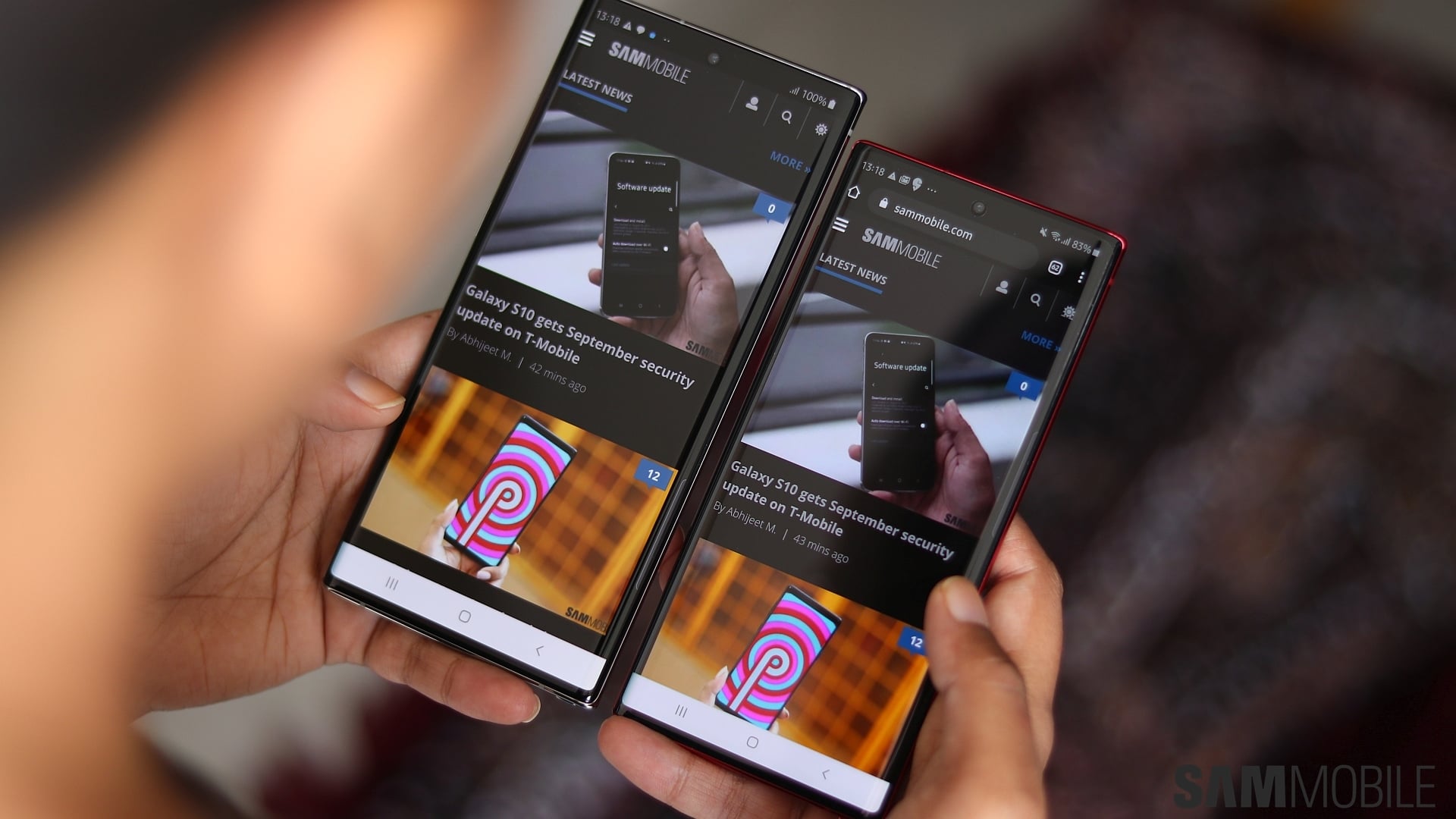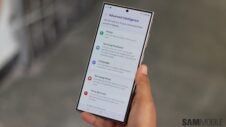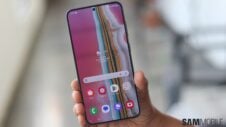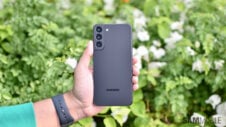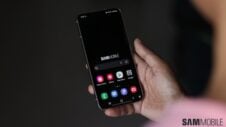I have been a Galaxy Note 10 user for more than two years now, and I am ready for an upgrade. However, as some of you who may have checked my journey into DeX so far already know, my next device will not be the Galaxy S22 Ultra but the Galaxy S22+. You could be wondering why I'm abandoning the S Pen, and there is a simple reason for this. Namely, in my eyes, the Galaxy Note series died with the Note 20 in August 2020 as opposed to last year.
I am a little bit dramatic with my introduction above, I'll admit. However, there is some personal truth in the statement above, because to me, the Galaxy Note series really took shape in 2019. The Galaxy Note 10 was not the first S Pen device I have ever experienced, but it was the first Galaxy Note smartphone I have owned and used as my daily driver. I chose the Note 10 over the Note 10+ back in 2019 because I liked its compact footprint, first and foremost — and I still do. Well, “compact” next to other Galaxy Note models released previously.
Unfortunately for me, Samsung didn't offer Galaxy Note 10 customers a similarly-sized upgrade one or even two and a half years later. As a matter of fact, the Galaxy Note smartphone series — as a brand at the very least — appears to have been discontinued indefinitely.
As for me saying that the Galaxy Note series ceased to be an option in 2020, allow me to elaborate. I didn't pick the Galaxy Note 20 because it was a bit too large for me (almost on the same level as the Note 10+), and I felt like it didn't offer enough of an upgrade over the Note 10. The Galaxy Note 20 Ultra was definitely on the large side, and I can say the same about the brand-new Galaxy S22 Ultra. The latter is essentially a spiritual successor to the Galaxy Note 20 Ultra and has a similar footprint.
The Galaxy Note 10 was sadly a one-off experiment
I had to make peace with the reality that the relatively compact size of the Galaxy Note 10 was a fluke as opposed to a well-thought-out part that fits within Samsung's long-term vision for the series or the S Pen, for that matter. Samsung no longer offers an S Pen device with a compact form factor, and I feel like I have no choice other than to try and live without the S Pen or try to adapt to a larger smartphone.
The Galaxy S22 Ultra is taller than the old Galaxy Note 10 by almost 1.4 centimeters and wider by roughly half a cm. Count a protective case, and that's quite a discrepancy in the world of smartphones — enough to put me off. And although I agree that a larger display is better for the S Pen in theory, in practice, I believe that to be only half true and varies by device type.
A large tablet makes writing and drawing with the S Pen more fun and convenient, but increasing a smartphone's display by around 0.5-inches for the sake of the S Pen won't make that big of a difference in practical terms, as far as note-taking is concerned. I find the larger phone more unwieldy, which hurts the S Pen experience in other ways.
So, with no compact Galaxy Note or compact S Pen-enabled Galaxy S in sight, I've decided to move on to the next chapter and live life without the S Pen for a while. Will I miss it? I guess I will find out soon enough — once the S22+ arrives in my mailbox and I'll switch. Low stock be damned!
I am aware that the Galaxy S22+ is slightly larger than the Note 10, by the way, but I think I can live with it. And it's difficult to pass on a display that's just as bright and color-accurate as the Galaxy S22 Ultra's.
My views may not apply to every Galaxy Note fan. After all, the Galaxy Note 10 is my best frame of reference long-term. But if you are a Galaxy Note 10 owner and a fan of compact phones, you might relate when I say that, to me, the Note series ceased being a viable choice in 2020.
But if large Galaxy Note phones are what you've always wanted, you should feel right at home using the Galaxy S22 Ultra. The Note series lives on, even if it does so under the Galaxy S brand and at the cost of Galaxy S line purists.
Being a Samsung fan sure feels confusing sometimes…
Join SamMobile’s Telegram group and subscribe to our YouTube channel to get instant news updates and in-depth reviews of Samsung devices. You can also subscribe to get updates from us on Google News and follow us on Twitter.
